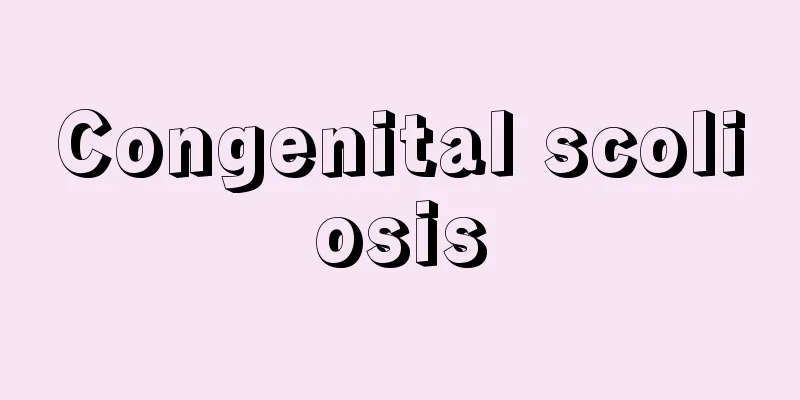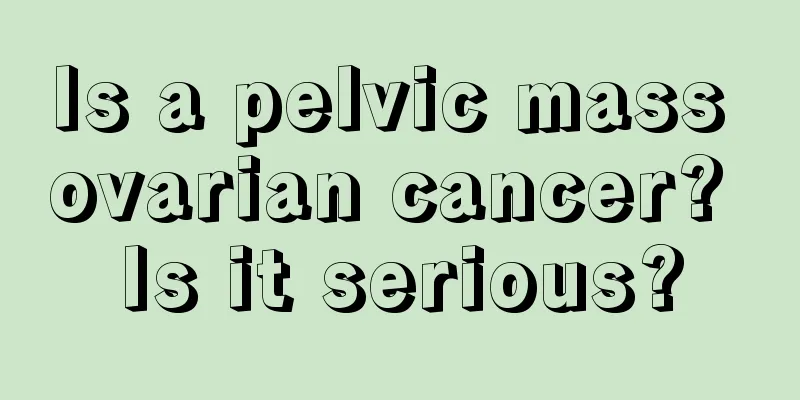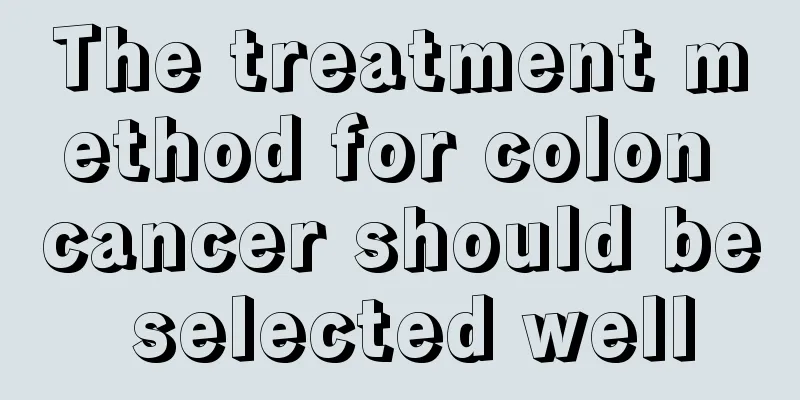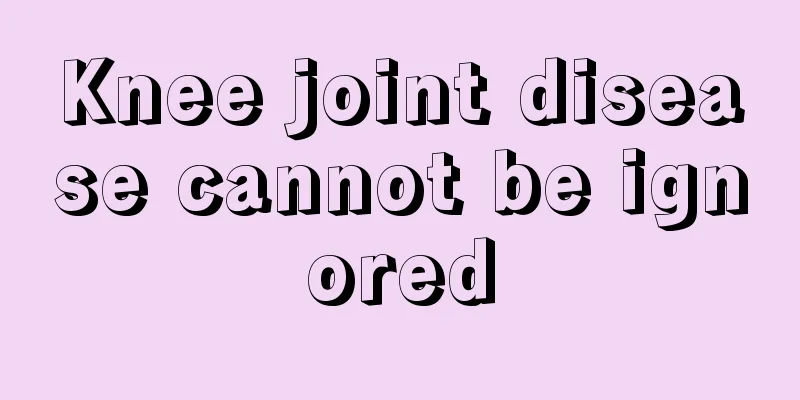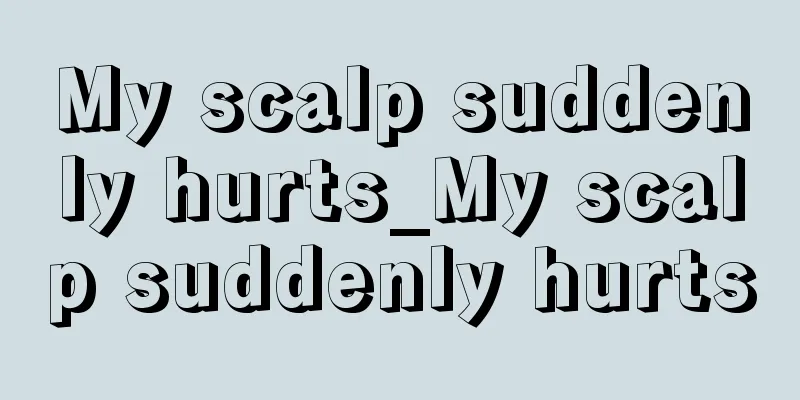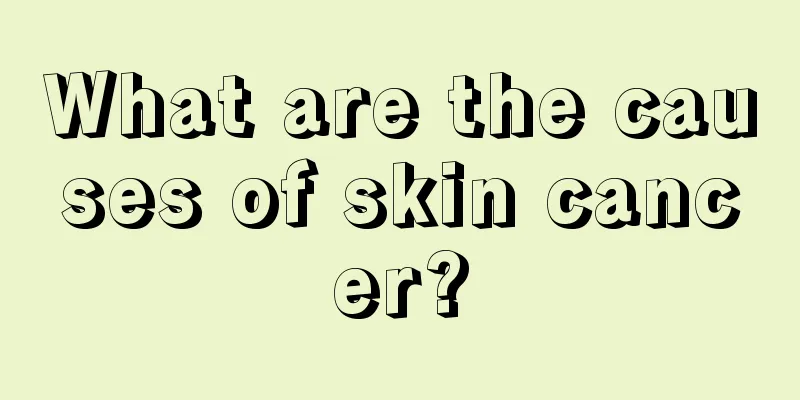How to clean the nasal cavity?
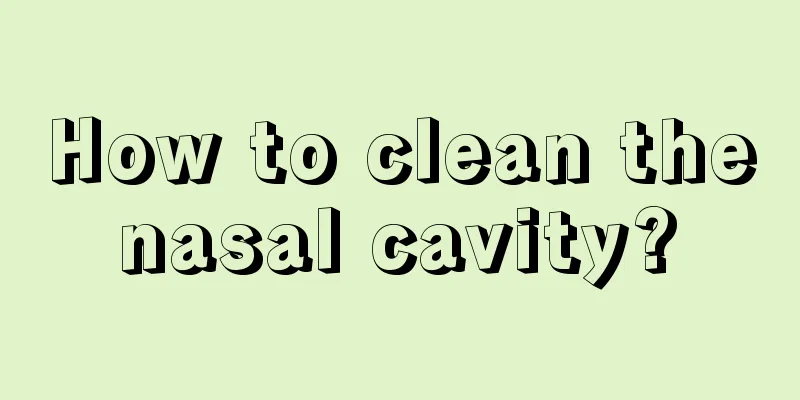
|
As we all know, there are often some dirt in the human nasal cavity. Some people do not pay attention to hygiene and do not clean the nasal cavity in time, so some dust will accumulate in the nasal cavity, which can easily cause some diseases, such as nasal inflammation. Especially those who work in poor conditions should pay attention to cleaning the nasal cavity when taking a bath. Many people do not know how to clean the nasal cavity. Let's learn some methods and techniques below. Notes for nasal irrigation: Nasal irrigation is a very useful health care and treatment operation in rhinology. It can prevent and reduce nasal inflammation and is suitable for most people. However, if used improperly, it may cause adverse effects on the middle ear. Currently, the nasal irrigators sold on the market are mainly divided into two types: metal cans and plastic pots. The metal can nasal irrigator is suitable for humidifying the nasal cavity, and its effect on flushing secretions is weaker than that of the plastic pot. If there is a lot of secretions in the nasal cavity, or even a lot of dry scabs (after sinusitis surgery), it is not suitable to use a metal can nasal irrigator. Those packaged in plastic bottles are divided into two types: straight-mouth type and curved-mouth type. The picture below is a straight-mouth nasal irrigator. Any nasal irrigator that requires forceful pressure to release water when in use belongs to this category, whether it is from the United States or Japan, and regardless of the price, the properties are the same. If the pressure of the straight-mouth nasal irrigator shown in the picture above is too high when in use, the water flow may enter the middle ear through the Eustachian tube in the nasopharynx. Especially for children who do not cooperate with the operation, forcibly using a direct-spray nasal irrigator may cause otitis media. This type of nasal irrigator can be used for daily nasal cleaning by ordinary people or patients with mild rhinitis. It is not recommended for patients with severe rhinitis, especially children, to use a pressurized direct spray nasal irrigator. The picture above shows another type of nasal irrigator with a curved mouth. This type of irrigator does not require force when used. The saline solution flows in and out naturally due to gravity, which has little impact on the middle ear. If you are an adult, making an "ah" sound when using a nasal irrigator can prevent the rinsing saline from flowing into the pharynx. It is difficult for young children to master this technique, and they are more likely to choke on water when breathing while flushing. There are many similar nasal irrigators, which require prepared saline solution when used, not plain water. In patients with severe swelling of the nasal mucosa, it is difficult for a nasal irrigator to achieve the effect of water entering from one side and exiting from the other side. At this time, it is not advisable to pressurize the nasal irrigator. Instead, first use nasal drops/nasal sprays (ephedrine, oxymetazoline hydrochloride) that shrink the nasal mucosa to widen the nasal space, and then use nasal irrigation, hormone nasal sprays, and oral medications for treatment. |
<<: Can bamboo leaves be soaked in water and drunk?
>>: What is the method of using a needle to clean the baby's nasal cavity?
Recommend
Side effects of antipyretic drugs
The most common diseases in daily life are probab...
How to stabilize the condition of liver cancer in the late stage? Traditional Chinese medicine plays a leading role in the treatment of liver cancer in the late stage
Since there are no obvious symptoms in the early ...
Introduction to several common symptoms of skin cancer
Skin cancer is a cancer disease with a racial ten...
What should I do if my teeth hurt due to cold
Teeth are a very important part of the human body...
What can I eat after laparoscopic surgery for teratoma
After laparoscopic surgery for teratoma, the diet...
Combing your hair like this in March is the most healthy way
Best in the morning, comb 50 times to be effectiv...
How to treat oral ulcers?
Oral ulcers are an oral phenomenon that many frie...
Why does my right brain hurt?
The human brain is generally divided into the lef...
Toothpaste is not just for brushing your teeth—32 unusual uses!
Is a small piece of toothpaste only used for brus...
What to do if kidney cancer metastasizes or spreads
In recent years, kidney cancer has become one of ...
Can nasopharyngeal cancer patients rest at 11pm?
Nasopharyngeal cancer patients may have dry mouth...
What to do if you don't eat and have a headache in the late stage of brain cancer
What should I do if I don't eat and have a he...
What should you pay attention to when dealing with scalds caused by boiling water
Being scalded by boiling water is believed to be ...
If your five senses suddenly fail, be alert to intracranial tumors
There are many symptoms caused by intracranial tu...
How to regulate the diet for thyroid nodules? It turns out to be like this
How to treat thyroid nodules after they are disco...
